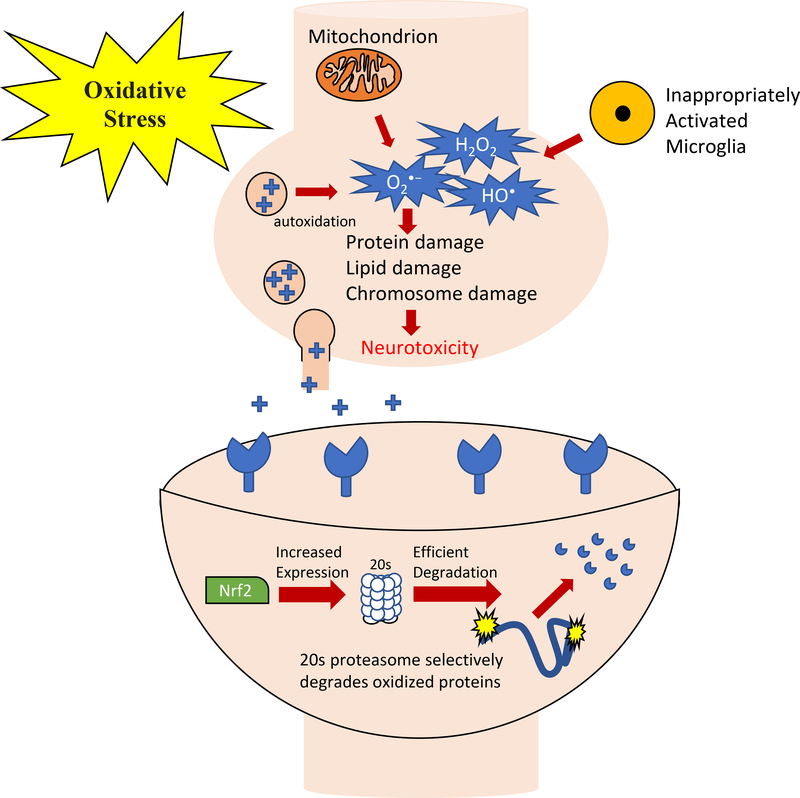Figure 1. Neurotoxic effects of oxidative stress.
Neurotoxicity may occur through an elevation of superoxide anion (O2•−) by mitochondria, by autoxidation of neurotransmitters such as Dopamine (DA), or by inappropriately activated microglia, any or all of which may result in increased H2O2 levels, increased formation of the highly reactive hydroxyl radical (HO•) and superoxide (O2•−). Phospholipids and proteins, sugars, RNA and DNA are all susceptible to damage by HO• as are cell membranes, and both nuclear and mitochondrial chromosomes. These factors closely link hypotheses involving mitochondrial dysfunction, neuro-inflammation, oxidative stress, and the essential role of Nrf2 in protein degradation, through activation of the 20S Proteasome that selectively degrades oxidized proteins, and modulating macrophage activation in response to neuro-inflammation.

